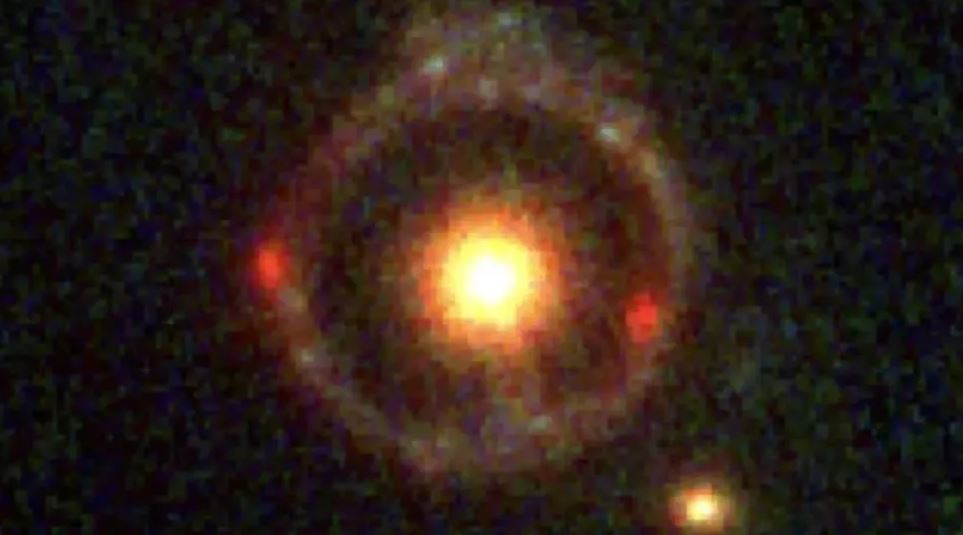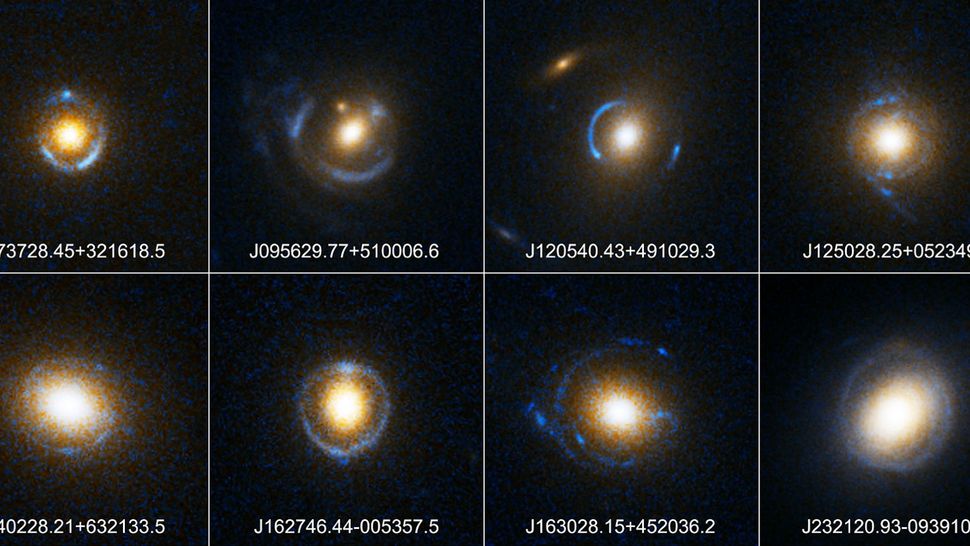Recently the James Webb Space Telescope (JWST) collected data and produced a new photo One of the most distant ‘Einstein rings’ scientists have ever recorded. In a new paper published on the preprint server arXiv, a research team claims that the warped circle of light called JWST-ER1 is located billions of light-years from Earth.
The study, carried out by a team of scientists from the California Institute of Technology (Caltech), was also accepted in the scientific journal Nature Astronomy. Scientists used COSMOS-Web to find this phenomenon; about A map presenting information from more than 500 thousand galaxies collected during approximately 200 hours of JWST observations..
What is an Einstein Ring?
Don’t worry, we’re not talking about an Albert Einstein-inspired wedding ring. The Einstein Ring occurs when a massive object, such as a black hole or galaxy, bends space-time around it like a gravitational lens..
The curvature in space-time causes the circular appearance of the ring shown in the image. The observations could be important in helping understand different cosmic mysteries, for example, how to study the distribution of mass and gravity in the most distant regions of the universe.
“The object, named JWST-ER1, consists of a compact early-type galaxy (JWST-ER1g) and a complete Einstein ring (JWST-ER1r) with two prominent red concentrations in the galaxy [que causa a] The gravitational lens probably has a red center and a blue disk; parts of the disk produce the ring.”
Einstein Ring
Scientists explain that the Einstein Ring (JWST-ER1) consists of two separate parts: the first is the galaxy JWST-ER1g, which is responsible for creating the gravitational distortion that causes the circular appearance; JWST-ER1r is light from an even more distant galaxy. The combination of the two creates the incredible view named after physicist Albert Einstein.

JWST-ER1g is located 17 billion light-years away from Earth, while JWST-ER1r is 21 billion light-years away. Although the age of the universe is determined to be approximately 13.7 billion years, The constant expansion of the universe means that light from older objects must travel ever greater distances.
Using Einstein’s Ring, scientists were able to calculate the mass of the galaxy responsible for the gravitational lens. Equivalent to 650 billion times the mass of the Sun. They explain that some of the extra mass may originate from dark matter.
“We consider the possibility that the system is not a gravitational lens but a ring-shaped galaxy like Hoag’s object. Star-forming rings can be formed in head-on collisions, and there is a small galaxy to the southwest of the ring that could be disruptive,” the study explains.

Did you like the content? Stay up to date with more astronomy curiosities at TecMundo.
Source: Tec Mundo
I’m Blaine Morgan, an experienced journalist and writer with over 8 years of experience in the tech industry. My expertise lies in writing about technology news and trends, covering everything from cutting-edge gadgets to emerging software developments. I’ve written for several leading publications including Gadget Onus where I am an author.












